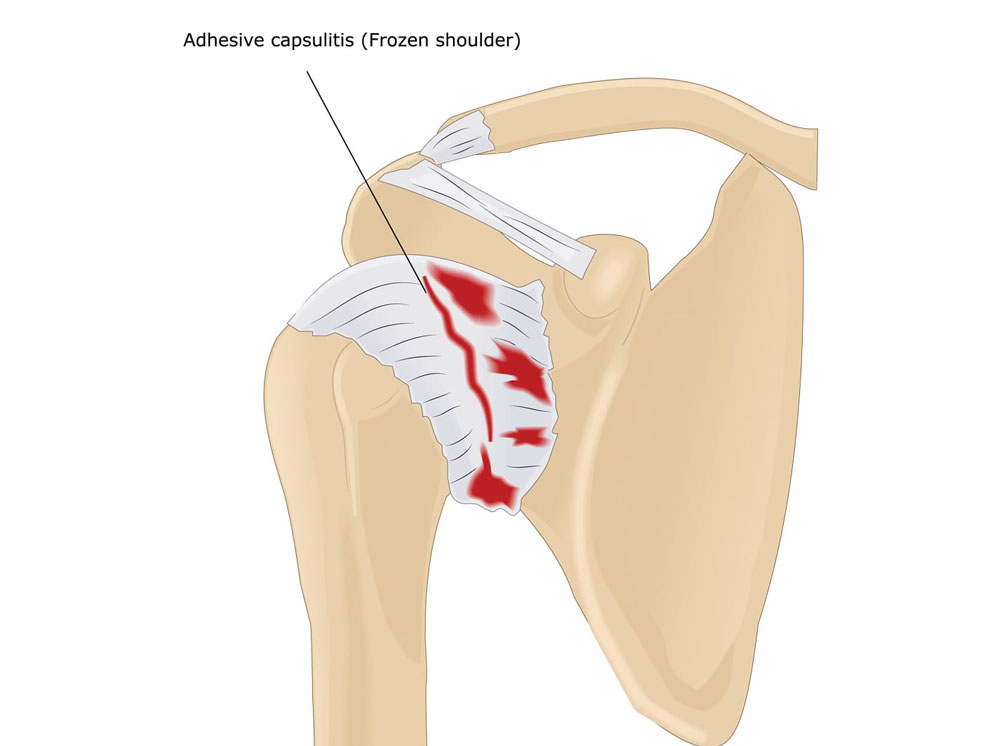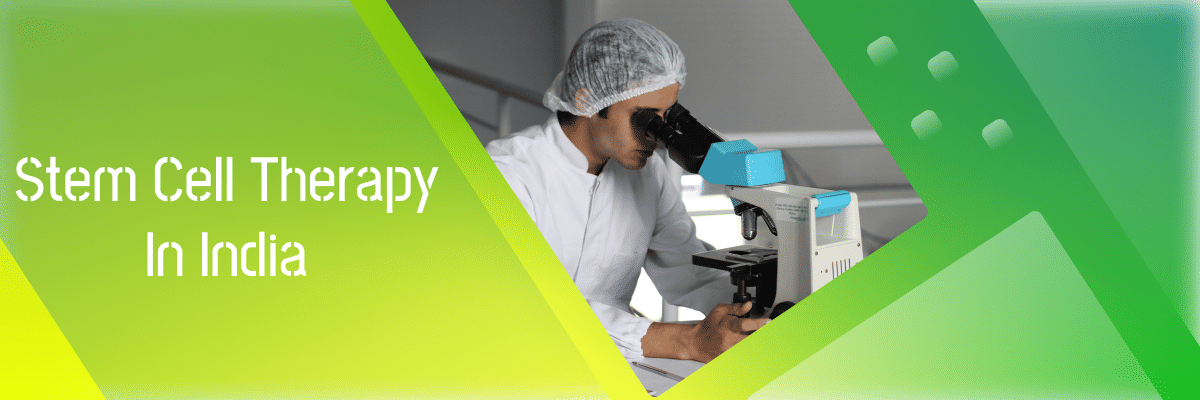Shoulder pain and injuries are common ailments that can significantly impair mobility and reduce quality of life. These issues may arise from various causes, such as overuse, accidents, or degenerative diseases, affecting structures within the shoulder joint, including muscles, tendons, and ligaments. Symptoms can range from mild discomfort to severe pain, often exacerbated by movement or activity.
Did you know?
- Shoulder pain is one of the most common musculoskeletal complaints in adults. It affects between 18% to 26% of adults at some point.
- Rotator cuff tears are reported in about 20% of the general population and up to 50% among those over 60.
- It is estimated that shoulder pain accounts for approximately 4.5 million doctor visits annually in the United States alone.

Are you also dealing with this issue?
Overview
Stem cell therapy for shoulder pain involves using regenerative cells (usually harvested from the patient's body) to repair and regenerate damaged tissues in the shoulder joint. This treatment is considered for various shoulder conditions, including arthritis, tendonitis, and injury-related damage. The goal is to reduce pain and improve function by promoting natural healing processes.
Dr. Pradeep Mahajan, a renowned expert in regenerative medicine, emphasizes the importance of early diagnosis and appropriate treatment to manage shoulder pain effectively. According to Dr. Mahajan, understanding the underlying cause of shoulder pain is crucial for tailoring the right therapeutic approach, whether it involves physical therapy, medication, or advanced regenerative techniques.
Can stem cells repair the shoulder?
Stem cell therapy can potentially aid in repairing shoulder injuries by promoting the regeneration of damaged tissues. This treatment primarily targets conditions like osteoarthritis, rotator cuff tears, and other degenerative issues in the shoulder. Its effectiveness varies based on the specific condition and type of cells used. While promising, it is not a guaranteed cure and should be considered as part of a comprehensive treatment plan.
Stem cell therapy, a reliable treatment for shoulder injuries, has assisted patients globally for decades. Many stem cell institutes and healthcare experts worldwide recommend this approach. Despite ongoing research, this method has benefited numerous patients and shown safety and effectiveness in various studies for different conditions.
Types of Shoulder pain/injury and how Stem Cells can help
1. Osteoarthritis: Degradation of joint cartilage.

How Stem Cells Can Help: Stem cells can regenerate cartilage and reduce inflammation.
2. Rotator Cuff Tears: Tears in shoulder muscles or tendons.

How Stem Cells Can Help: It promotes tissue repair and may improve healing.
3. Tendonitis/Bursitis: Inflammation in the shoulder.

How Stem Cells Can Help: Reduces inflammation and promotes healing.
4. Frozen Shoulder: Shoulder stiffening from scar tissue.

How Stem Cells Can Help: It may help reduce fibrosis and improve mobility.
5. Shoulder Impingement: Muscle compression during movement.

How Stem Cells Can Help: It might aid tissue repair and relieve compression.
6. Labral Tears: Tear in shoulder socket cartilage

How Stem Cells Can Help: It could help regenerate cartilage and restore function.
7. Fractures: It breaks in shoulder bones.
How Stem Cells Can Help: It aids bone healing and reduces recovery time.
Wondering how and when to consider Stem Cell Therapy? No worries we've got you!
Eligibility Criteria of Stem Cells for Shoulder pain
Eligibility for stem cell shoulder treatment generally includes the following criteria:
- Condition: Suitable for specific shoulder conditions such as osteoarthritis, rotator cuff tears, and tendonitis.
- Health Status: Candidates should have good overall health without chronic conditions that might impair healing.
- Age and Activity: There is no strict age limit; younger, active individuals may benefit more.
- Symptom Severity: Best for those with moderate to severe symptoms that haven't improved with conventional treatments.
- Prior Treatments: Candidates should have tried other therapies like physical therapy or corticosteroid injections without sufficient relief.
- Expectations: It is important to have realistic expectations about the outcomes of the therapy.
- Infections: Candidates should be free from any active infections during treatment.
Curious about the treatment options of Stem Cells for shoulder pain?
Read further to understand more about it.
Types of stem cells used for shoulder pain

- Autologous Adult Stem Cells:
- Mesenchymal Stem Cells (MSCs): Harvested from the patient's bone marrow or fat, they can differentiate into bone, cartilage, and muscle cells.
- Hematopoietic Stem Cells (HSCs): Sometimes used alongside MSCs to enhance tissue repair, primarily from bone marrow.
- Allogeneic stem cells: Sourced from donors, used when immediate, high doses are necessary. There is a higher risk of immune rejection.
- Induced Pluripotent Stem Cells (iPSCs): Lab-engineered from adult cells to behave like embryonic stem cells, mainly used in research and clinical trials.
- Wharton’s Jelly-Derived Stem Cells: Extracted from the umbilical cord. It is rich in MSCs and used for its potent anti-inflammatory properties.
Want to which is the best option you can consider for your treatment? Book an Appointment now and talk to our experts!
Procedure of Stem Cell Shoulder Treatment
- Consultation: Assess eligibility and plan treatment.
- Harvesting: Extract stem cells from bone marrow or adipose tissue.
- Processing: Concentrate the cells in a lab.
- Injection: Inject stem cells into the shoulder under imaging guidance.
- Recovery: Minimal downtime with possible mild discomfort.
- Follow-up: Regular monitoring to evaluate treatment effects.
What to Expect After Stem Cell Shoulder Treatment
Here’s what to expect after undergoing stem cell shoulder treatment:
- Initial Discomfort: You may feel mild pain and swelling at the injection site.
- Activity Restrictions: Limited shoulder movement for a few days to help healing.
- Gradual Improvement: You may notice reduced pain and increased mobility over weeks to months.
- Monitoring: Follow-up visits to assess the healing process and effectiveness.
- Variable Results: Outcomes can differ based on individual conditions and response to treatment.
Benefits and Risks of Stem Cell for Shoulder Pain
Benefits | Risks |
| Reduced pain and inflammation | Infection at the injection site |
| Increased joint mobility and functionality | Possible reaction to anesthesia |
| Minimally invasive with less recovery time | Uncertainty in treatment effectiveness |
| Potential to delay or avoid surgery | Temporary increase in pain post-procedure |
Do you also want to seek long-lasting relief from chronic shoulder pain? Contact us now and learn more about the therapy options.
Cost of stem cell treatment for shoulder pain
In India, stem cell treatment for shoulder pain costs between 8,000 and 12,000 USD. Compared to this, in the United States, the costs can range from $15,000 to $20,000 per treatment.
Based on the types of treatments, here is the approximate cost of Stem Cells for shoulder pain in India:
Factors affecting the cost of stem cells for shoulder
The cost of stem cell treatment for shoulder pain can vary based on several key factors:
- Type of Stem Cells: Different sources (autologous, allogeneic, etc.) have varying costs.
- Treatment Sessions: More sessions increase the overall cost.
- Condition Severity: More complex conditions may require more intensive treatment.
- Location: Costs vary significantly by country and region.
- Clinic Facilities: Advanced facilities might charge more.
- Physician Expertise: Highly experienced doctors typically command higher fees.
- Additional Treatments: Costs rise with additional therapies like physical therapy.
- Regulatory Factors: Stringent regulations can increase costs.
To know more in-depth about the expenses, Schedule a Consultation with our experts today!

Success Rates
- According to studies, a single injection of stem cells has shown promise as a treatment for shoulder pain caused by rotator cuff disease.
- Stem Cell Therapy has been a trusted treatment for patients suffering from shoulder injuries. It has already helped several patients and has been proven in multiple studies to be safe and effective for several conditions.
Conclusion
Stem cell therapy for shoulder pain represents a cutting-edge treatment option that harnesses the body's own regenerative capabilities to heal and restore joint function. While it offers many benefits, including reduced recovery time and decreased reliance on pain medication, patients must consult with a specialist to understand the potential risks and realistic outcomes based on their specific condition.






